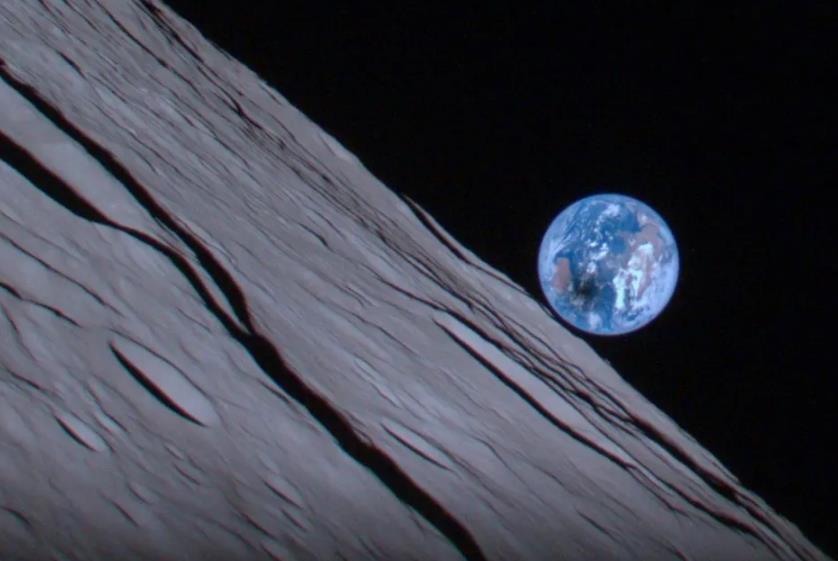Japan’s first lunar lander, SLIM, successfully touched down on the moon last week, but soon faced a major problem with its solar power system. The lander’s solar cells failed to recharge, leaving it dependent on its batteries, which ran out of power in less than three hours. However, Japan Aerospace Exploration Agency (JAXA) has not given up hope of restoring the lander’s function, as there is still a possibility that the sun will hit the lander’s west-facing solar cells and charge the craft.
SLIM, which stands for Smart Lander for Investigating Moon, was launched on December 25, 2023, as a secondary payload on an H-IIA rocket that also carried a communications satellite. The lander separated from the rocket on January 12, 2024, and entered a lunar orbit. On January 19, 2024, SLIM performed a powered descent and landed near the Marius Hills, a volcanic region on the near side of the moon. The landing site was chosen for its scientific interest and its accessibility for future human missions.

SLIM’s landing was remarkable for its accuracy and precision. The lander used a combination of image processing, crater mapping, and thruster control to avoid hazards and reach its target location. SLIM landed within 55 meters of its intended spot, making it the world’s first pinpoint landing on the moon. Previous lunar landers had a target range of several kilometers. SLIM also became the fifth lunar lander in history, after those from the US, USSR, China, and India.
SLIM Deployed Two Small Rovers Before Losing Power
SLIM’s main objective was to demonstrate Japan’s ability to land precisely on the moon and to pave the way for future exploration. The lander carried an infrared camera, a laser altimeter, and a seismometer to study the lunar surface and interior. SLIM also carried two small rovers, which it deployed shortly before landing. One rover was a hopping robot, designed to move by bouncing on the ground. The other rover was a rolling ball, which could change its shape to adapt to the terrain.
However, SLIM’s mission was cut short by a power failure. Shortly after landing, JAXA detected a problem with the lander’s solar power system. The lander’s solar cells were not generating enough electricity to recharge the batteries, which were the only source of power for the lander. JAXA speculated that the lander might have landed on a slope, preventing the solar cells from facing the sun directly. The lander shut down its heaters and other non-essential systems to conserve power, but it was not enough. SLIM lost contact with Earth at 2:48 a.m. Japan time on January 20, 2024, less than three hours after landing.
JAXA Still Hopes to Revive SLIM
Despite the power failure, JAXA has not declared the end of SLIM’s mission. The agency said that there is still a chance that the sun will strike the lander’s west-facing solar cells and charge the craft, depending on the lander’s orientation and the lunar illumination. JAXA said that it is on standby for any signal from SLIM, and that it will continue to monitor the situation. JAXA also said that it is relieved and excited to have collected some data and images from the lander and the rovers, which will help to analyze the landing performance and the lunar environment.
JAXA vice president Hitoshi Kuninaka said that SLIM’s mission was a success, despite the power failure. He said that SLIM achieved a soft landing, which was the original objective of the mission, and that SLIM demonstrated Japan’s technological capabilities and scientific contributions to the world. He also said that SLIM’s mission will provide valuable lessons and feedback for future lunar exploration, such as the planned MMX mission to Mars’ moon Phobos, and the international Artemis program to return humans to the moon.
